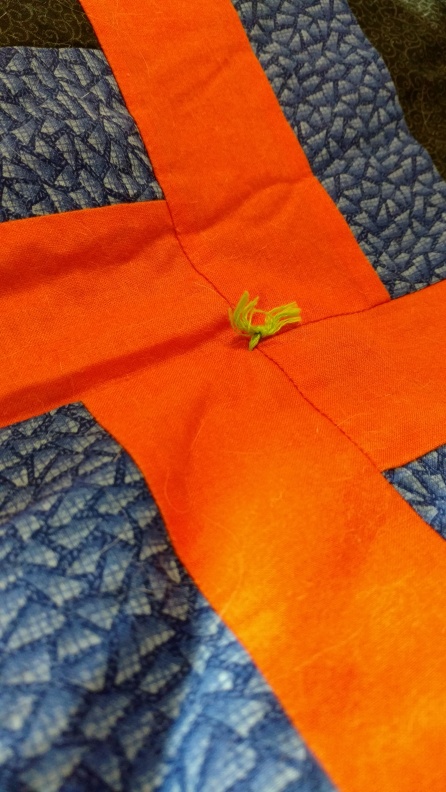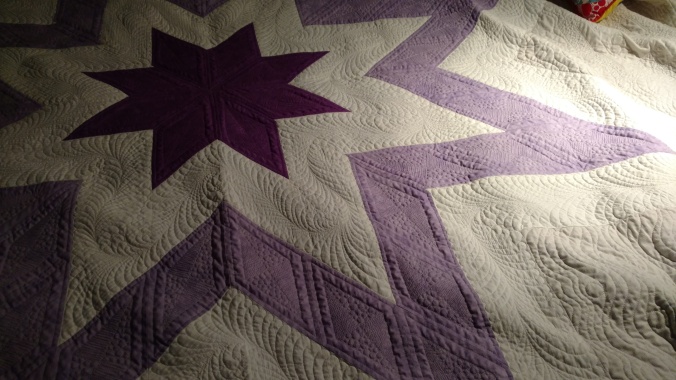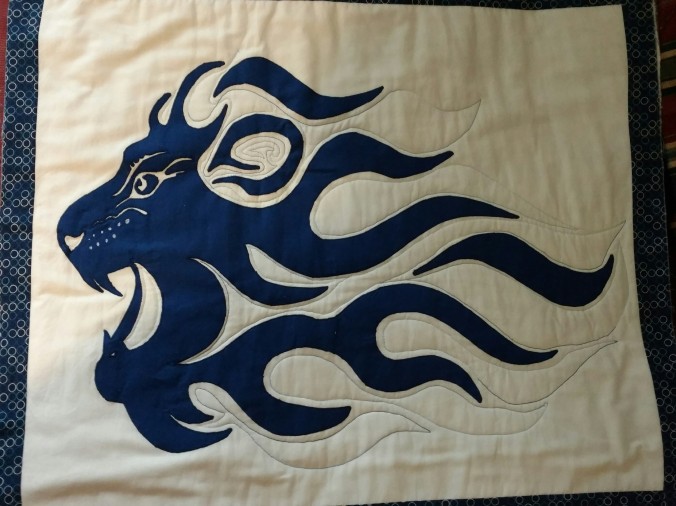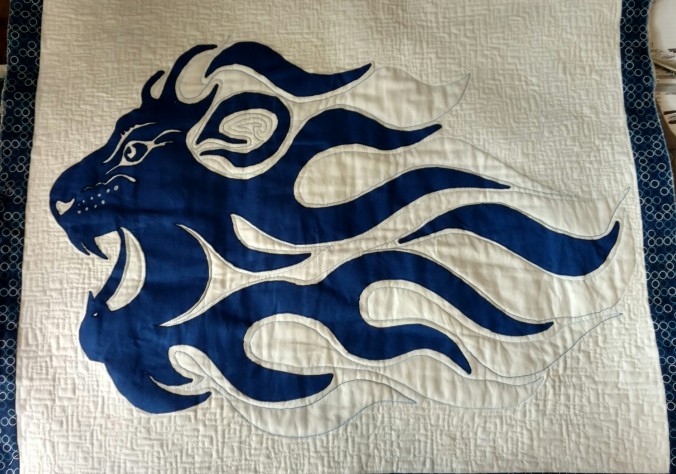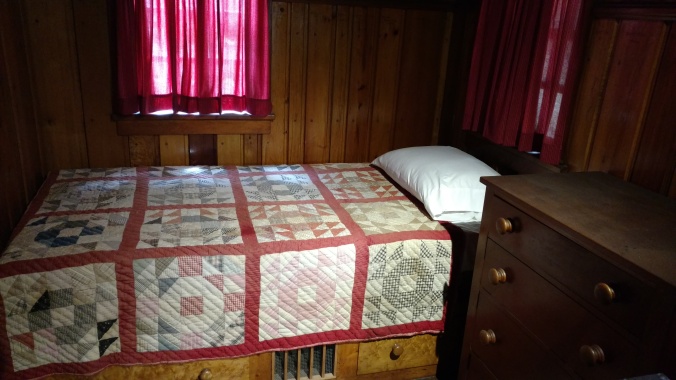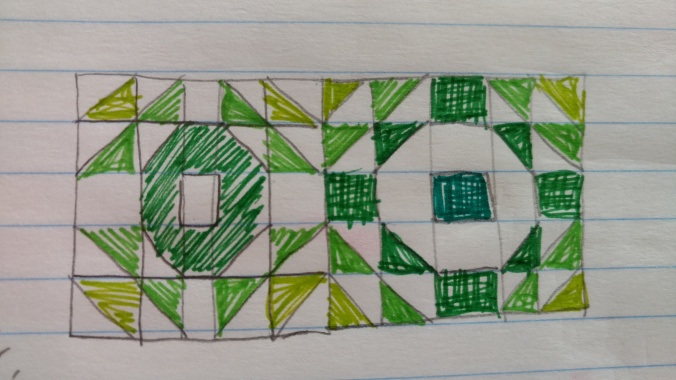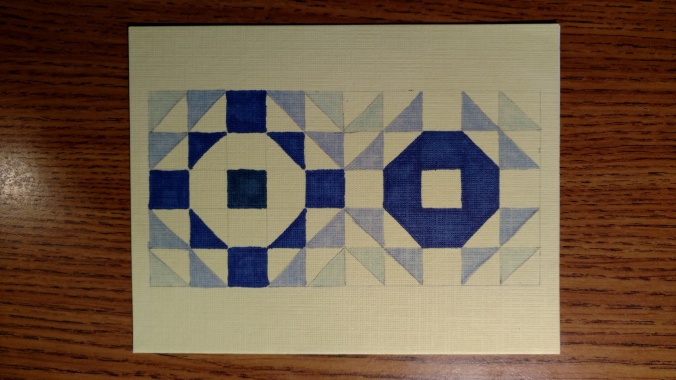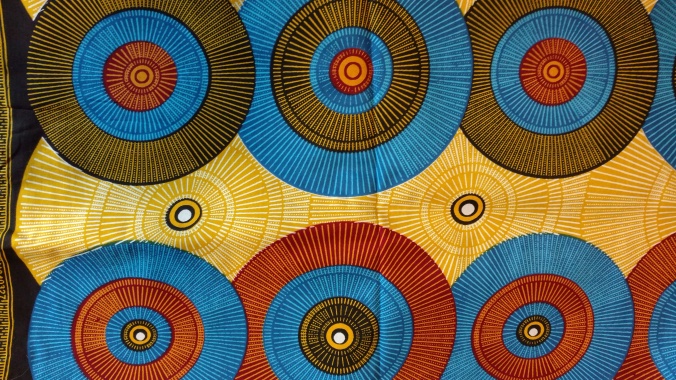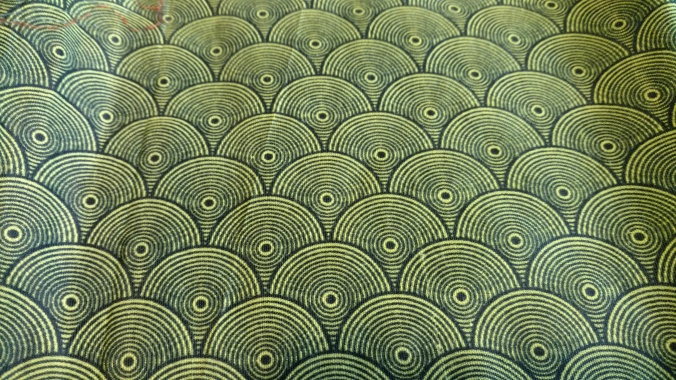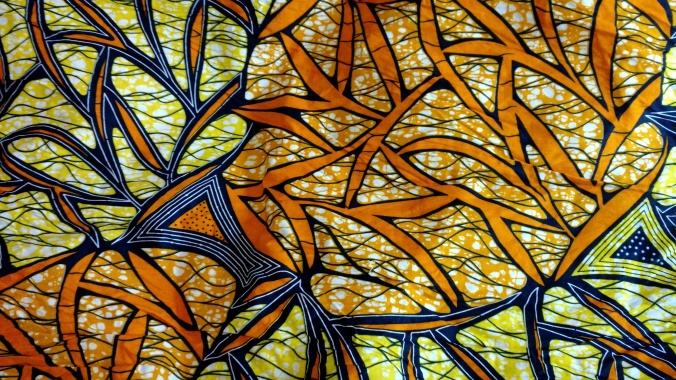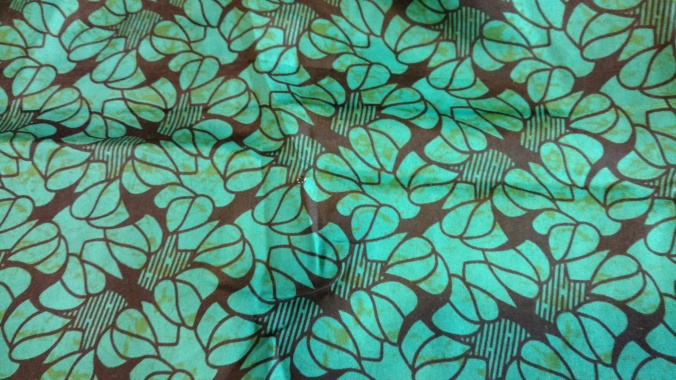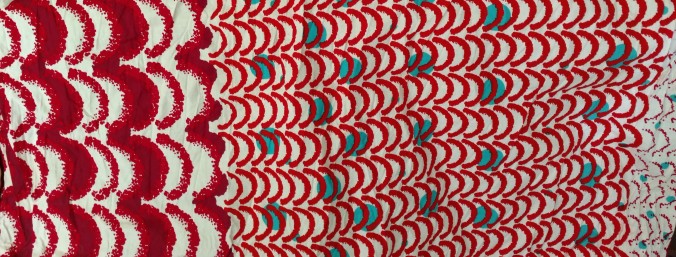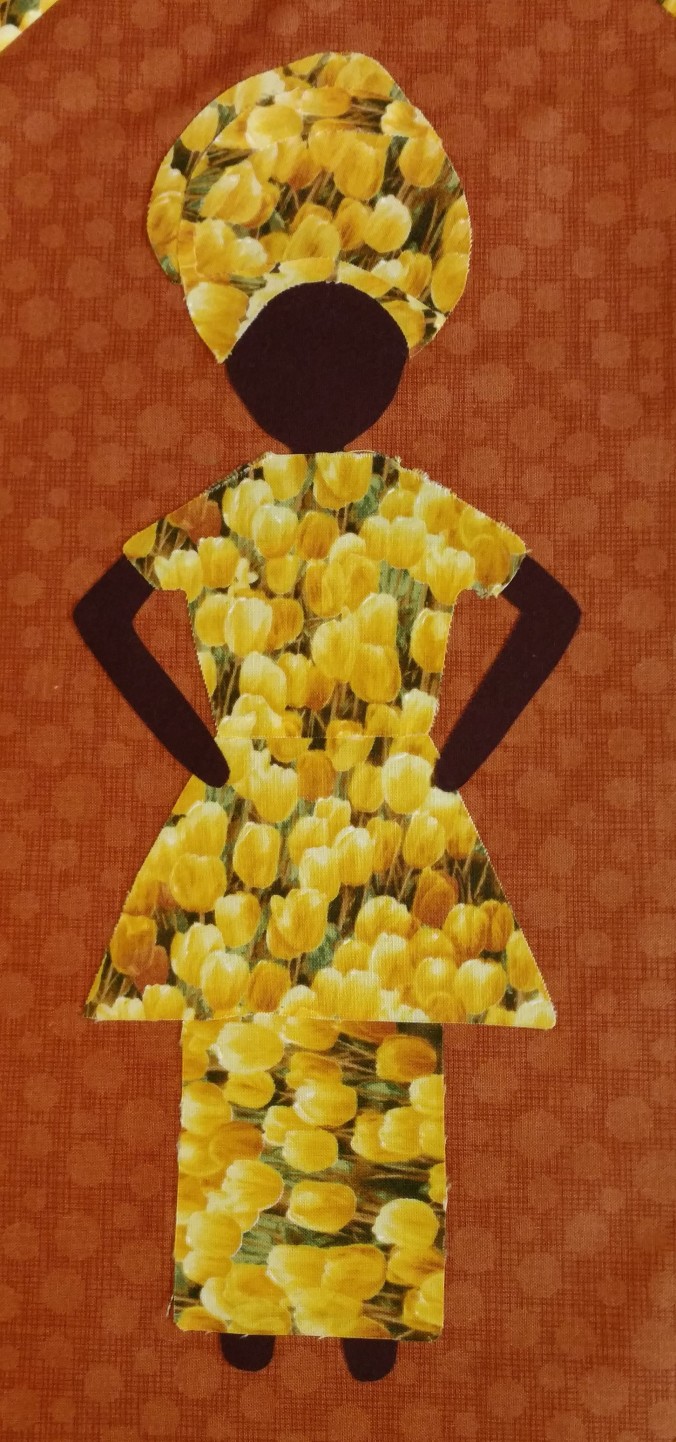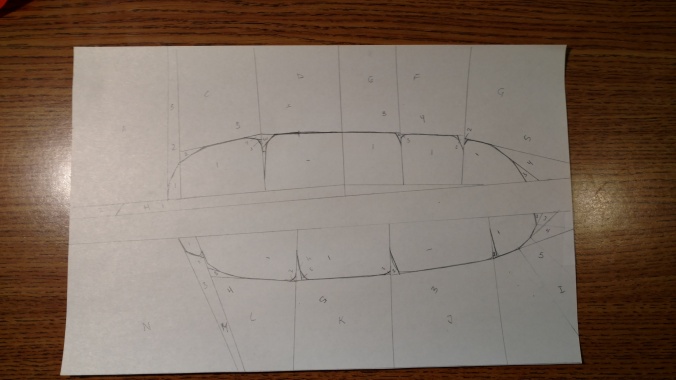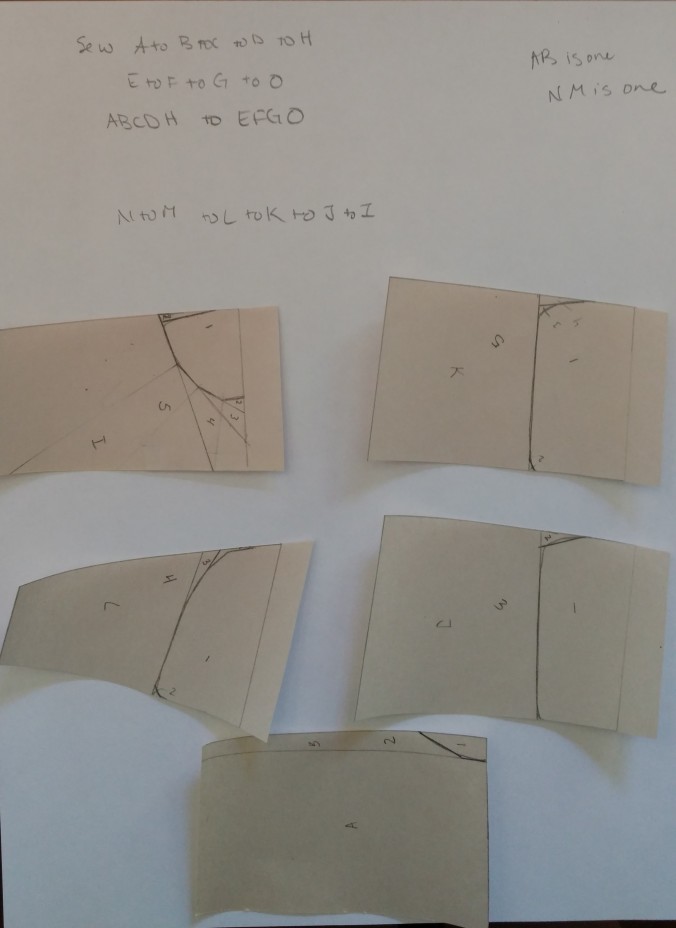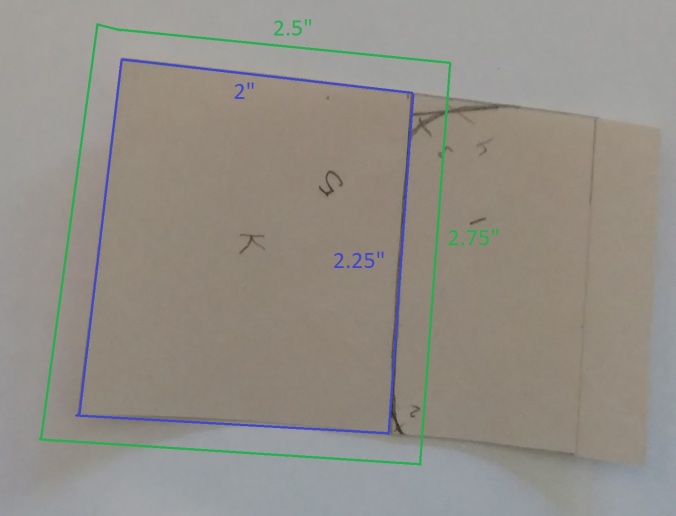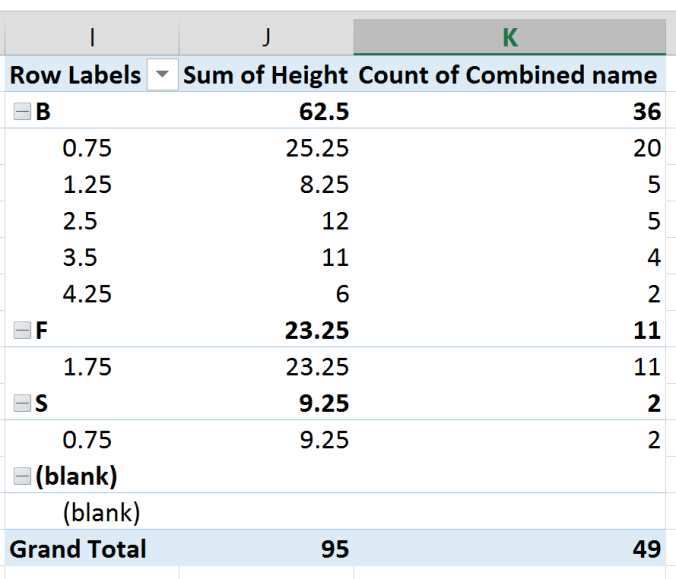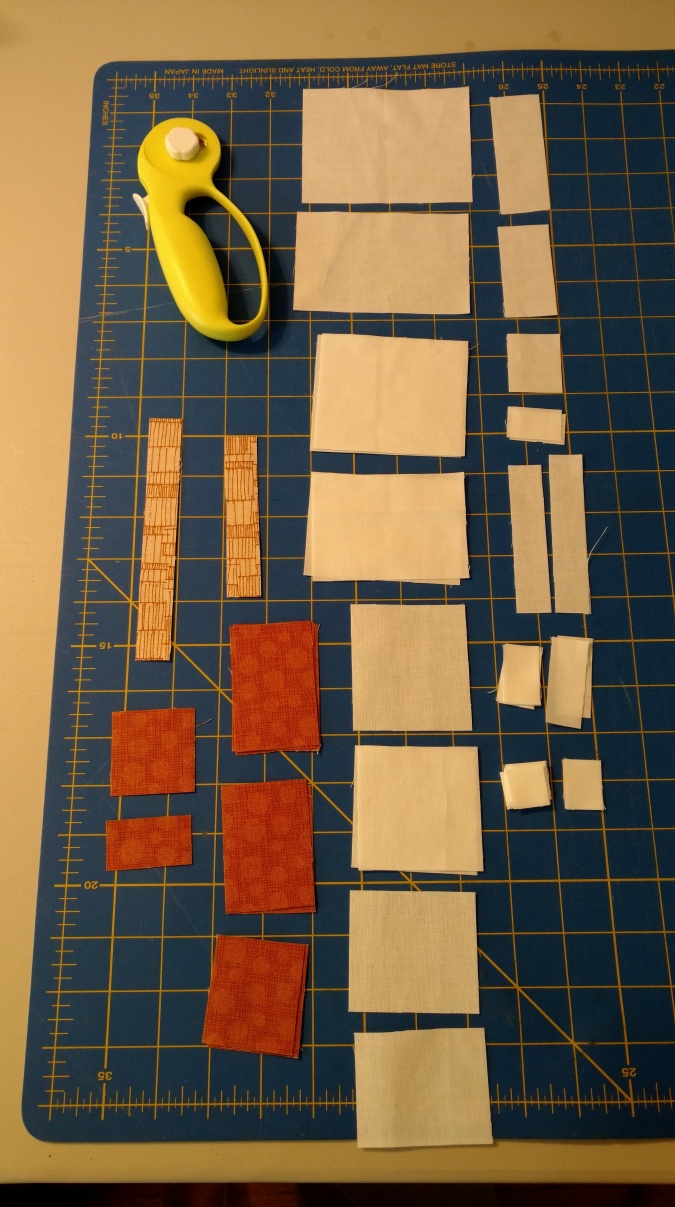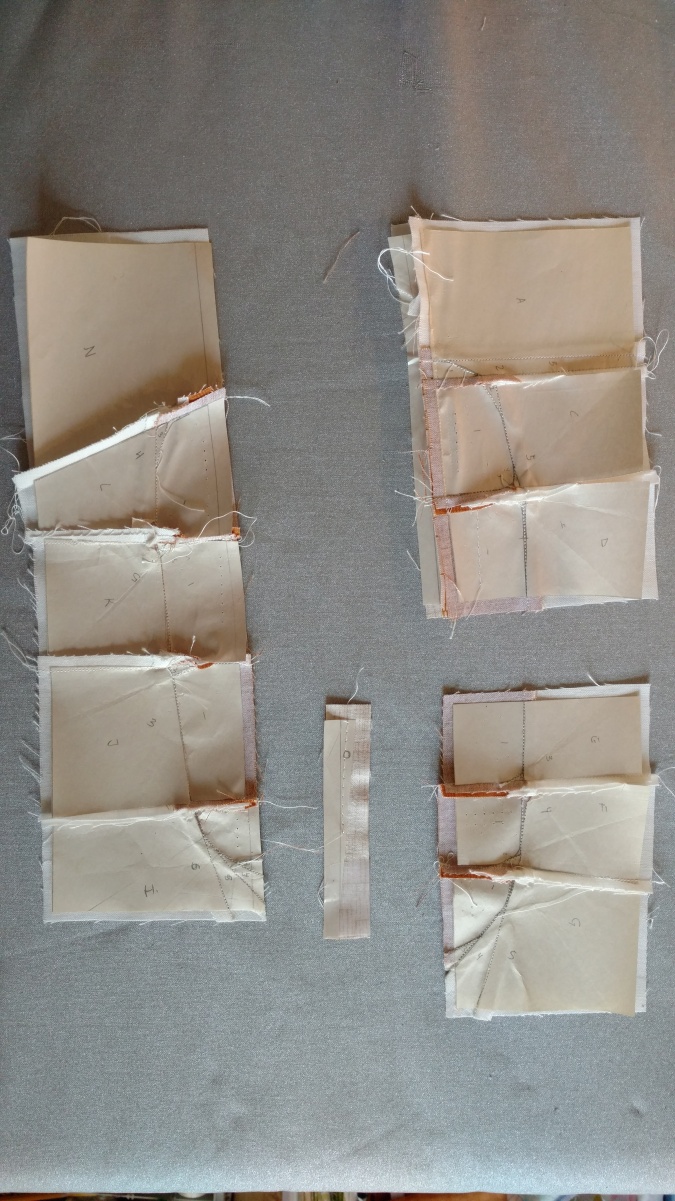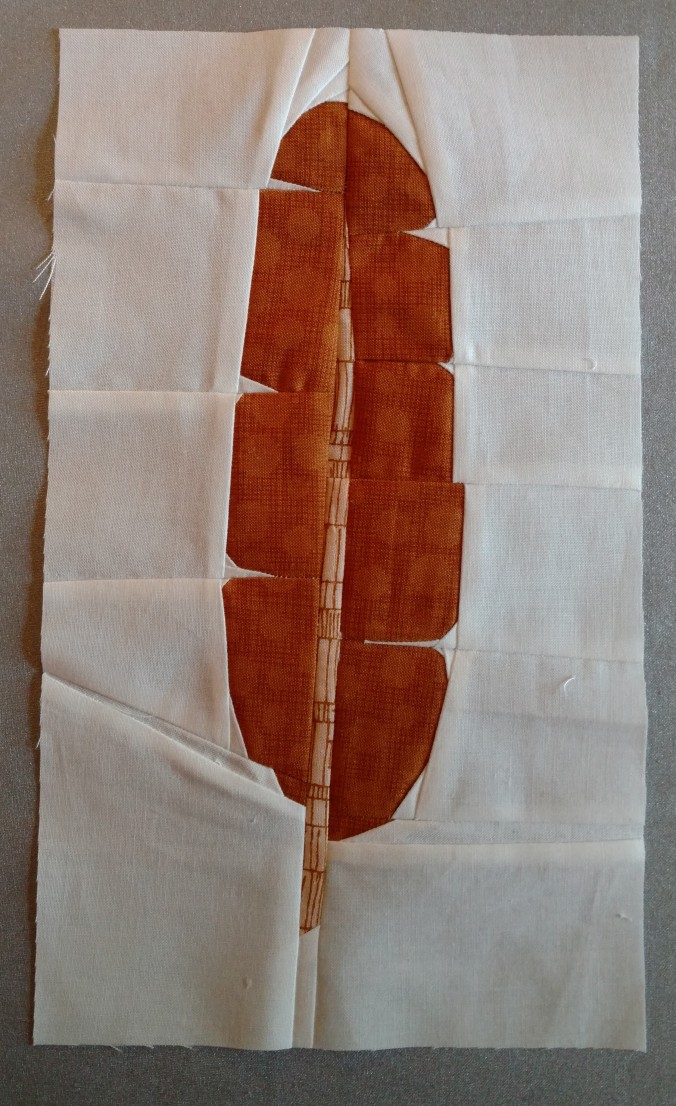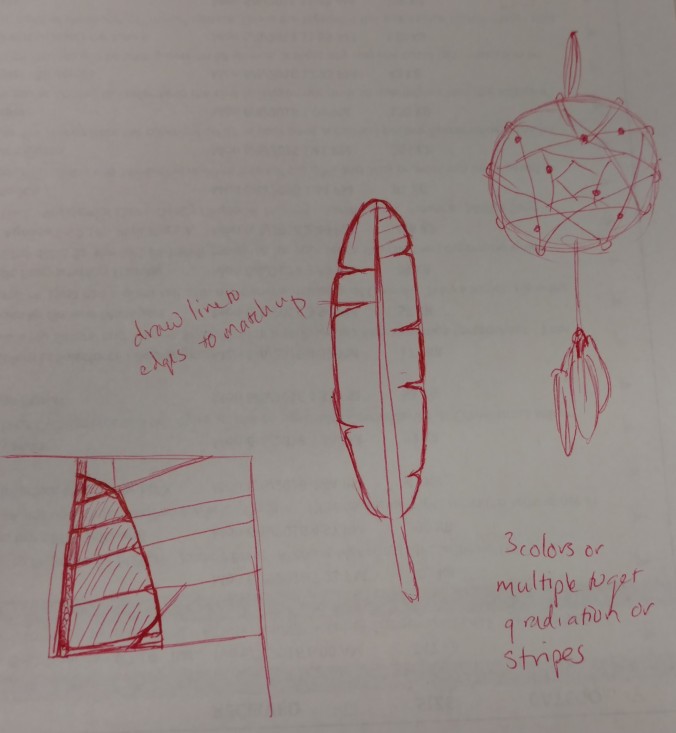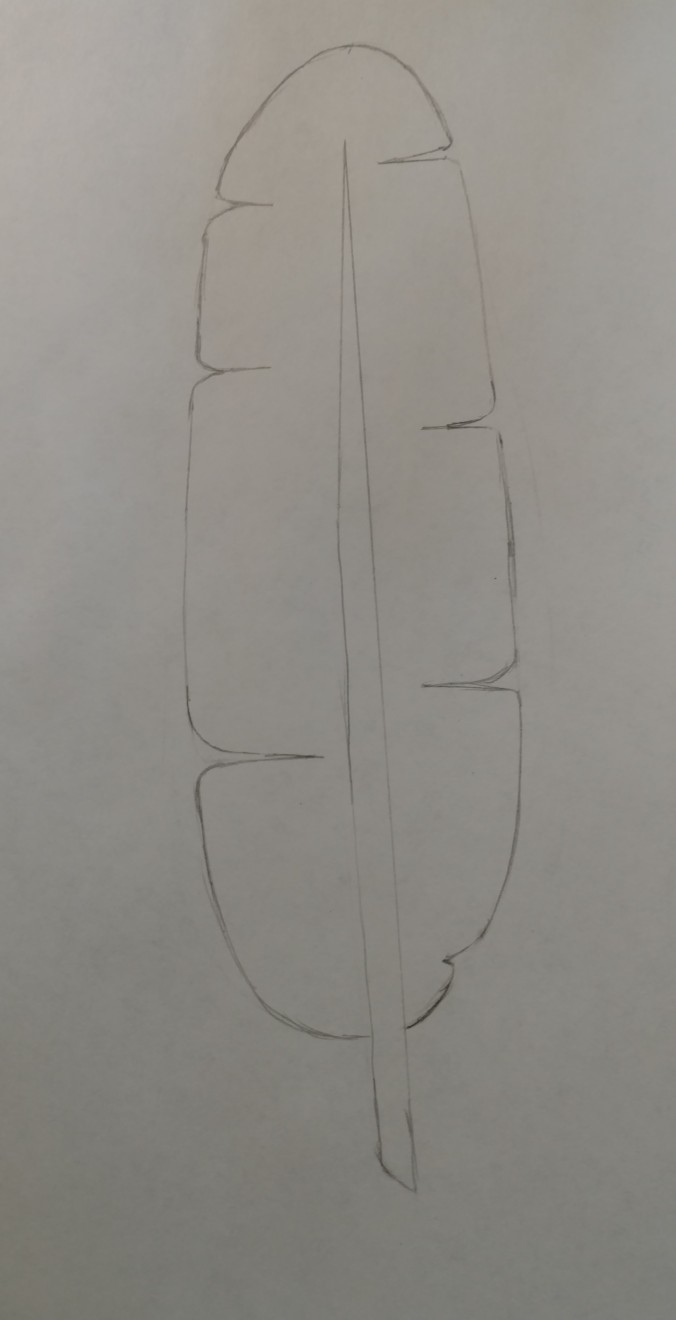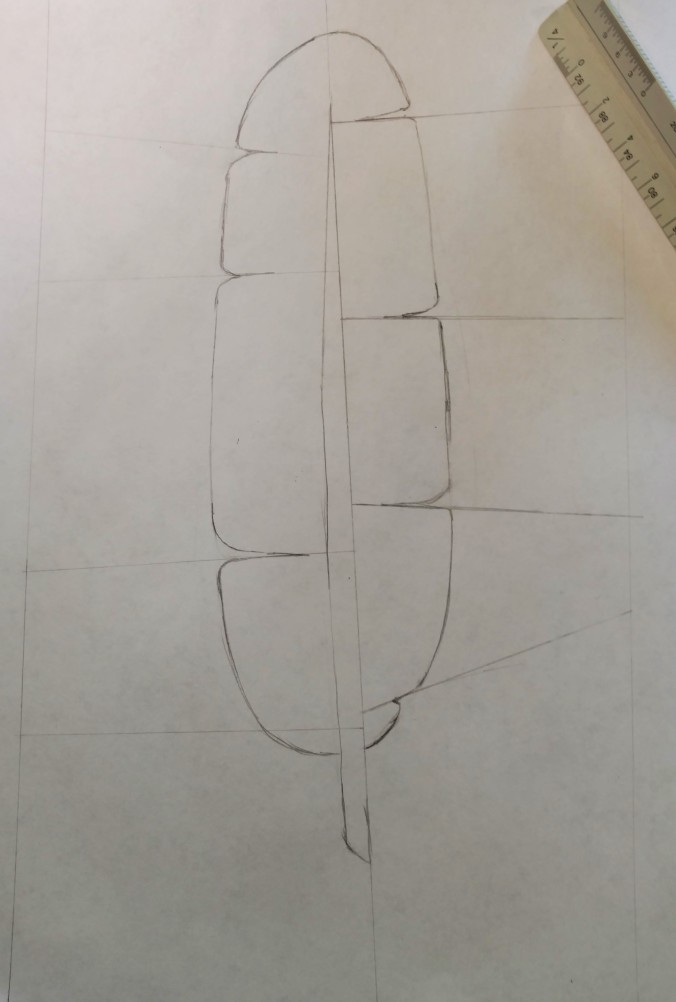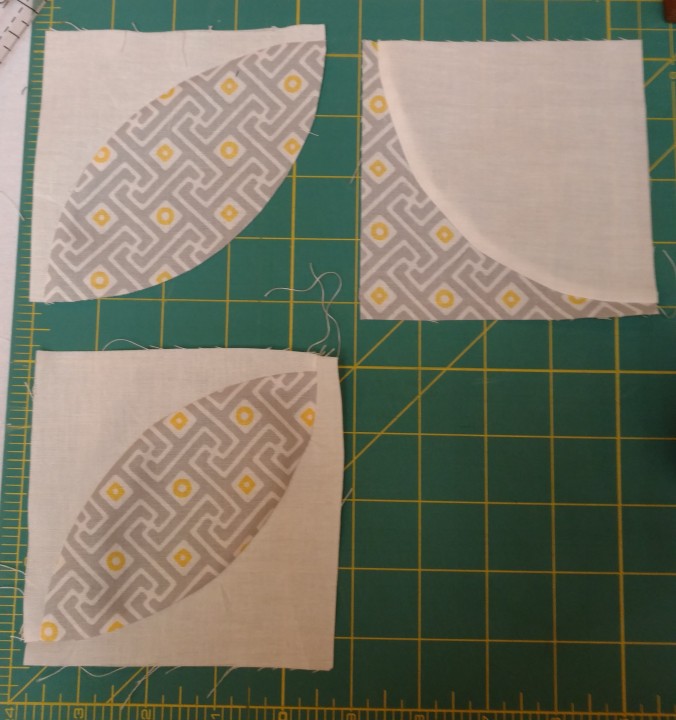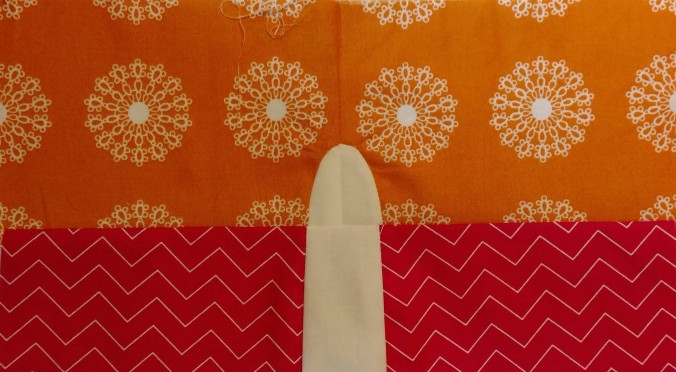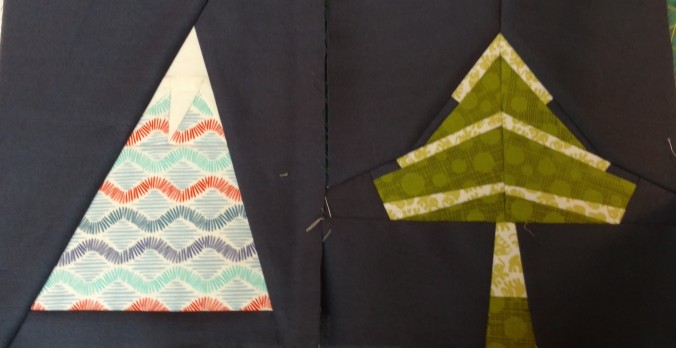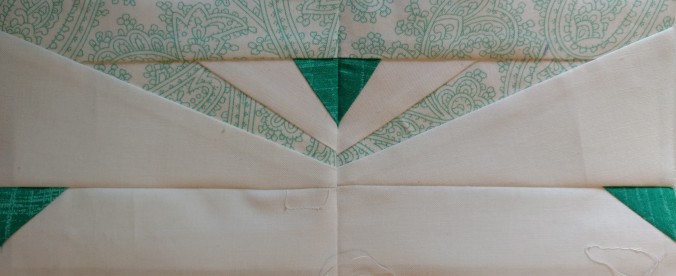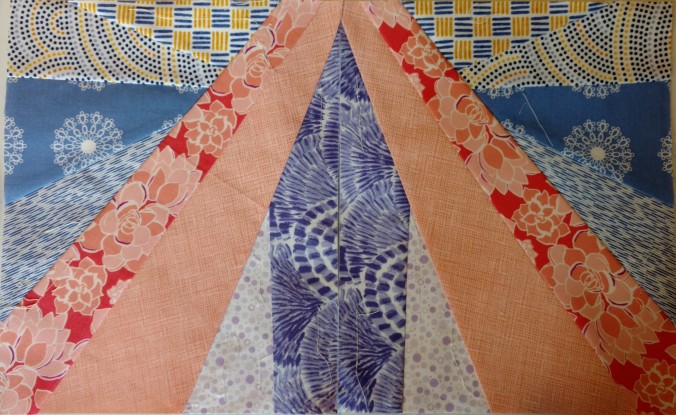Well… This didn’t quite go as I planned.
I notoriously don’t like hand stitching, have never tried hand quilting and sew on binding with my machine (both sides). I’ve seen some beautiful English paper piecing. One of my recent inspiration cards also got me thinking about paper piecing to actually make this vision into reality.
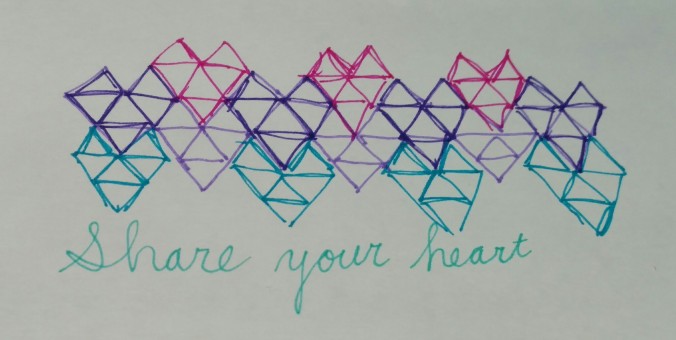
All of triangles seemed like a nightmare with traditional piecing. So between that and thinking that it would be nice to have something to do on long car rides, I decided to try it out.
I purchased diamonds so I could turn the picture above into fabric. The size made it easy to use scraps. This is probably the first scrappy project where I’ve actually used scraps instead of buying fabric to create a scrappy look.
I’ve had some easy successes. First being that I liked it more than I thought I would. Second is that it has been pretty quick to make the diamonds. Last has been having enough scraps to make diamonds in sets.
Here are two of the stars I’ve made to date.

The biggest challenge is that the points of the diamonds are harder to baste/tack than the sides of the diamonds. I imagine this isn’t an issue on hexagons (which seems to be the most common shape for English paper piecing). I’ve been using two stitches to hold down the points.
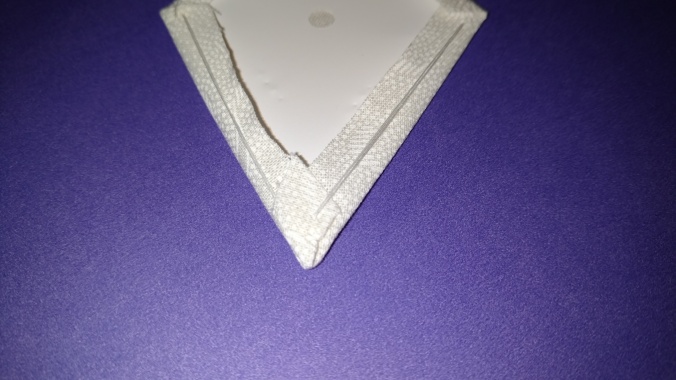
The other challenge is aligning the diamonds when stitching them together so that there aren’t gaps between the diamonds. I’m not sure I was so successful here.
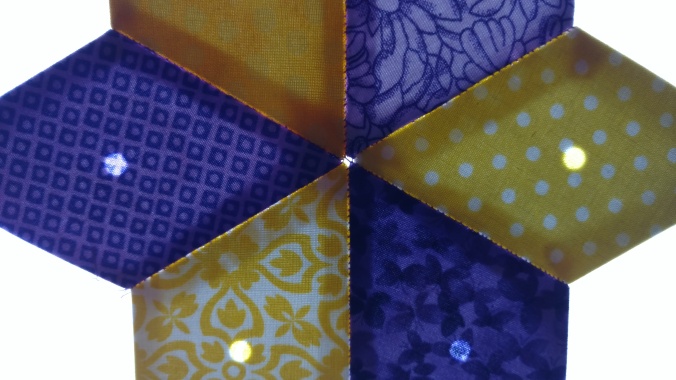
Here is what I’ve created so far to match my inspiration card. Now I have to figure out the next step. How do I get this attached to something bigger?


